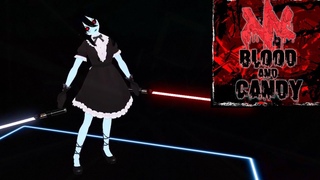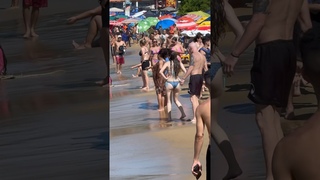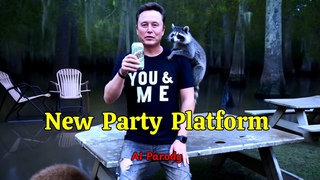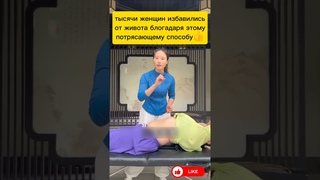Is your horse relaxed and supple?
Do you know the difference between relaxation and suppleness? This video goes into detail on both concepts and how to get your horse both relaxed and supple.
(FULL DESCRIPTION BELOW LINKS)
#Suppleness #Relaxation #GetYOurHorseRelaxedAndSupple
Do you love my content? I’d love if you left me a review on google!
Free Groundwork Manners PDF
Free Patterns and Figures PDF
Free Flying Changes Webinar
Free Canter Course
Free Course on Confidence
Free Rider Fitness PDF/Course
Free Webinar on Rider Position
Support me on Patreon:
Check out our swag shop:
Is your horse relaxed and supple?
Timestamps
0:00 What this video is about
1:24 Help your horse relax at the walk
1:54 Establishing a good walk tempo
2:37 The Difference between relaxation & suppleness
3:32 Trot circles and serpentines for suppleness
3:57 Bending Aids
4:17 The benefits of monotony
4:45 Three-loop serpentines
6:24 German Serpentines
7:50 Letting the energy out
7:50 The Stretch Circle
9:10 Why relaxation was changed to suppleness on training scale
Suppleness and relaxation are at the base of the dressage training scale just above rhythm, so it’s fair to say they’re pretty darn important, but while they get put in the same bracket, they are distinct from one another. By the end of this week’s video, you’ll DEFINITELY understand the difference as I’m going to give you three really effective tips to help you get your horse relaxed and supple!
WALK IT OUT! - The walk is the first port of call for getting your horse relaxed and supple, but it has to be the type of walk that will help your horse.
Firstly, take up a light contact and supple a little with the inside rein. If you let them just look where they want, that will often lead to them being tenser! Walk them on a circle with their head turned slightly in so you can see their inside eyelash.
Establish the tempo of the gait. It needs to be forward going, but not rushed. You want to feel a swing through their body and follow with the swing of your hips and your elbows.
When we walk about relaxation, it refers to the mental state of your horse. Suppleness encompasses both the mental AND physical states. Suppleness means that the muscles are elastic and loose and the horse is bendable.
BENDING! - Once you’ve done a good amount of walk (about 10 minutes) we can move it up to trot and start doing circles and serpentines. The reason circles help with suppleness is twofold.
A circle helps your horse mentally to stay focused on the arena and on the task at hand.
The aids for bending are
Inside leg at the girth
Outside leg behind the girth
Outside rein turns the shoulder
Inside rein gives slight flexion
We want to maintain the tempo rather than letting them speed up and slow down as, a bit like rocking a baby, almost monotony promotes relaxation in your horse. Once they’re relaxed on one side, change the rein and start doing some serpentines.
You’ll notice that sometimes when you change the bend, you’ll lose the suppleness, so make sure you repeat until you get a change of bend where they keep focused.
If you want to challenge your horse a little more, or if they’re particularly hot or fizzy, you can do a German Serpentine. This just means you make deeper loops and more frequent changes of direction and is very helpful for getting hot, tense or unfocused horses to come back to you mentally and physically.
When your horse is hot, forward is always better. Just asking them to slow down will only tense them up so letting the energy out and forward is the best tactic.
STRETCH - The third exercise is the stretch circle. This demonstrates the mental and physical relaxation we want from our horses. They need physical relaxation to be able to stretch, and mental relaxation to be able to place their head low as they lose some of their visibility of predators so they need to place their trust in the rider.
The 2nd rung of the training scale used to be “relaxation,” but it was changed to suppleness because it incorporates both the mental and physical states of relaxation. These two states are very much connected in the horse. You can have a horse who is mentally relaxed and physically stiff but you can’t have a horse who is physically supple and not mentally relaxed.
Have a look at this video where I explain these three exercises in more detail and let me know if you find it helpful in the comments!





![Jay Z FINALLY Reveals His Secret To Success [EYE-OPENING]](https://sun6-21.userapi.com/5ICCqug6f2CXxvODjLZZ2Yav8aO_NB4VBiCwLQ/mXddZDhacrc.jpg)

















